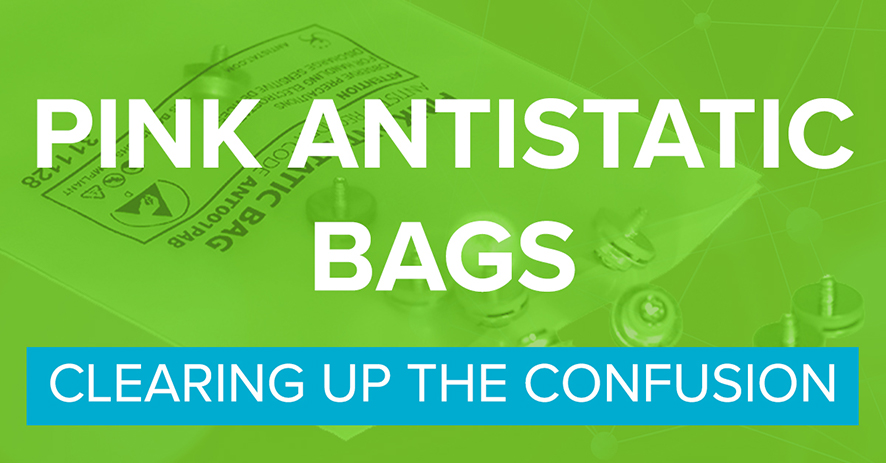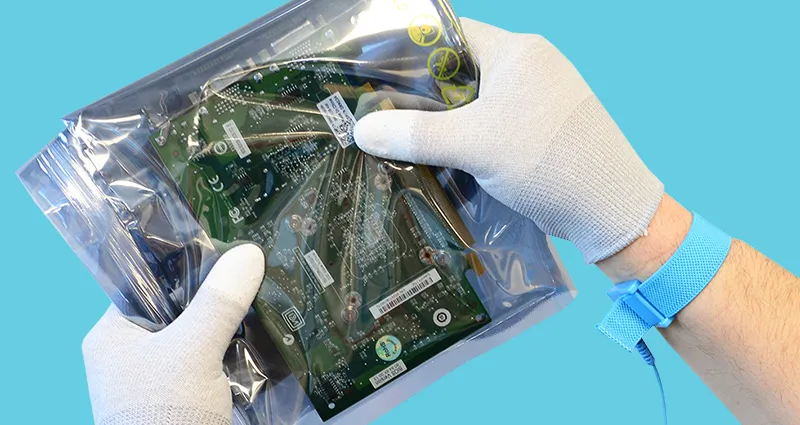ESD packaging, such as antistatic bags and static shielding bags, are some of the most important safety products used in manufacturing environments. Without these specialised packaging solutions, it would be virtually impossible to safely transport products and components from the production line to their final destination.
However, despite their importance to ensure quality and reliability of product, there is still confusion about the differences between antistatic and static shielding bags. Let us clarify here.
ESD-focused packaging is always classified in one of three levels:
- Intimate packaging: this is packaging that can safely come into contact with static-sensitive components
- Proximity packaging: is packaging that can enclose (but not come into direct contact with) the product
- Secondary packaging: is packaging which can only be used for protection against physical damage during the shipping process
Static shielding bags fall in to the categories of both intimate and proximity packaging. These bags protect ESD-sensitive products from static electricity that may build up inside or outside the bag. They do this through their construction:
- The innermost layer of the bag is constructed from a static dissipative polyethylene
- The intermediary layer is an aluminium sheet which offers additional protection against static damage
- Finally, the outermost section of the bag is a static dissipative polyester covering that helps dissipate external static charges
Antistatic bags are much simpler containers and are classed as either proximity packaging or secondary packaging. These bags “will not generate or hold a triboelectric charge” and can be used to safely transport non static sensitive components into a static controlled environment without the threat of static discharge.
In some cases the use of moisture barrier bags is required in addition to antistatic and static shielding bags. These are used in conjunction with desiccant and humidity indicator cards to ensure moisture is kept to a minimum.
Is one better than the other?
Each bag has its advantages. Any product that is susceptible to damage from a static electricity discharge should be packaged in a suitable bag.
Generally speaking, static sensitive bags should be used for ESD-sensitive products themselves, while antistatic bags should be reserved for storing and transporting anything that may come into contact with an ESD-sensitive product. Antistatic bags can be used to hold tools, safety equipment, manufacturing equipment, spare parts, and anything else that could potentially discharge onto a product.
Either way, it’s important to protect your workers, manufacturing environment, supplies, and equipment by using bags that will minimise the risk of static discharge in order to avoid disruption to your operations.
If you require any more information, call us on +44 (0)1473 836 200 to speak to one of our team or contact us below.





